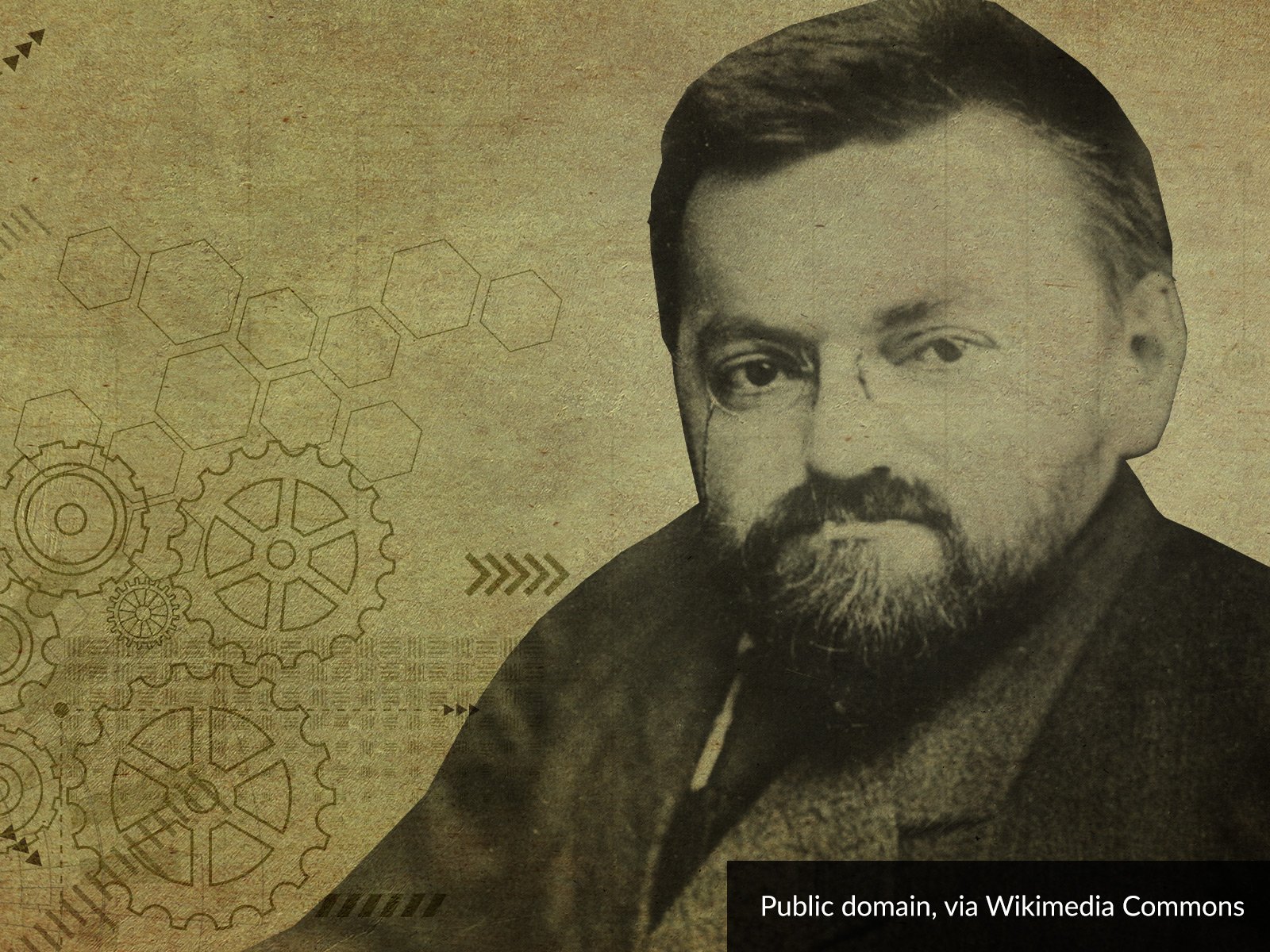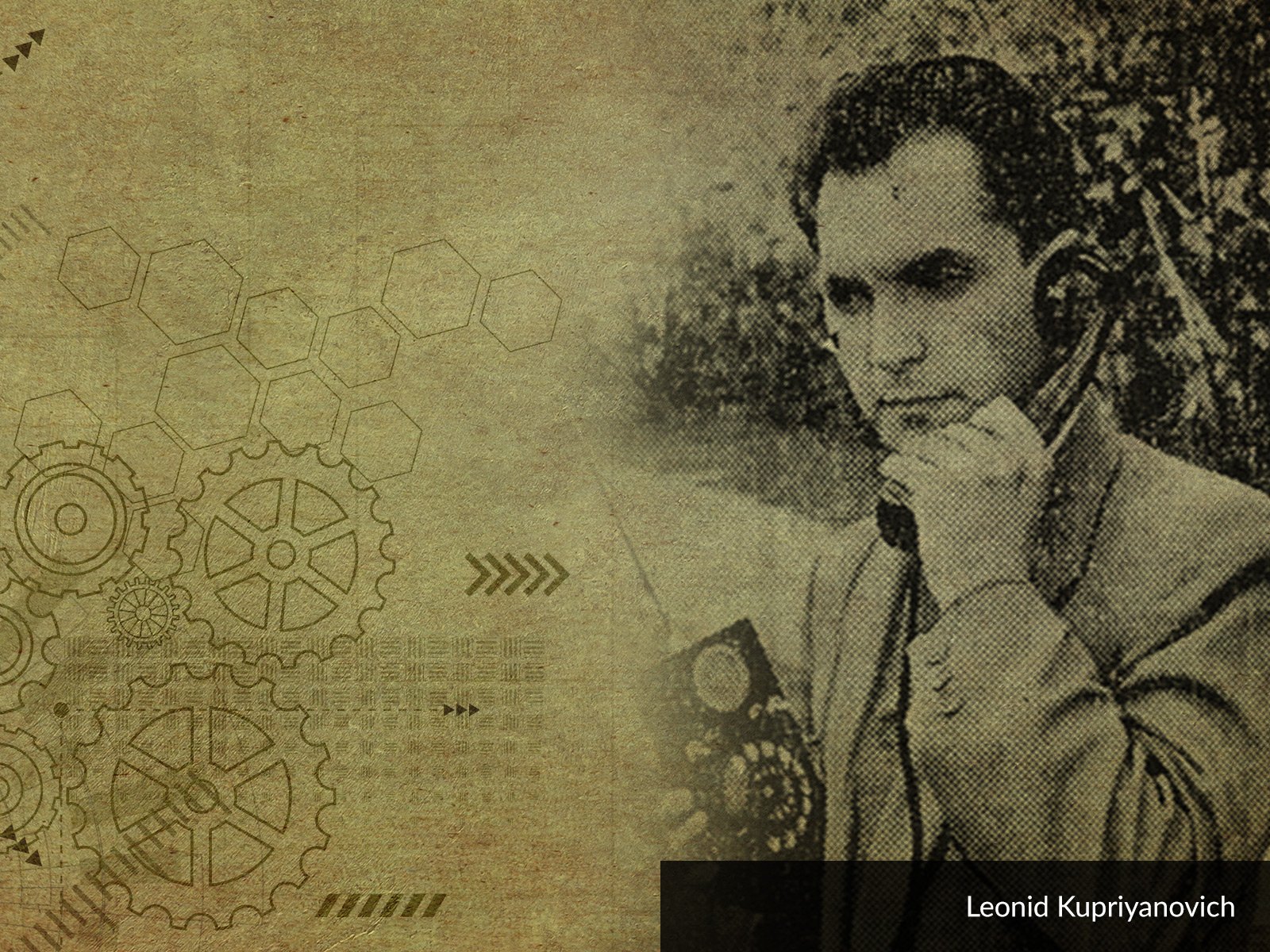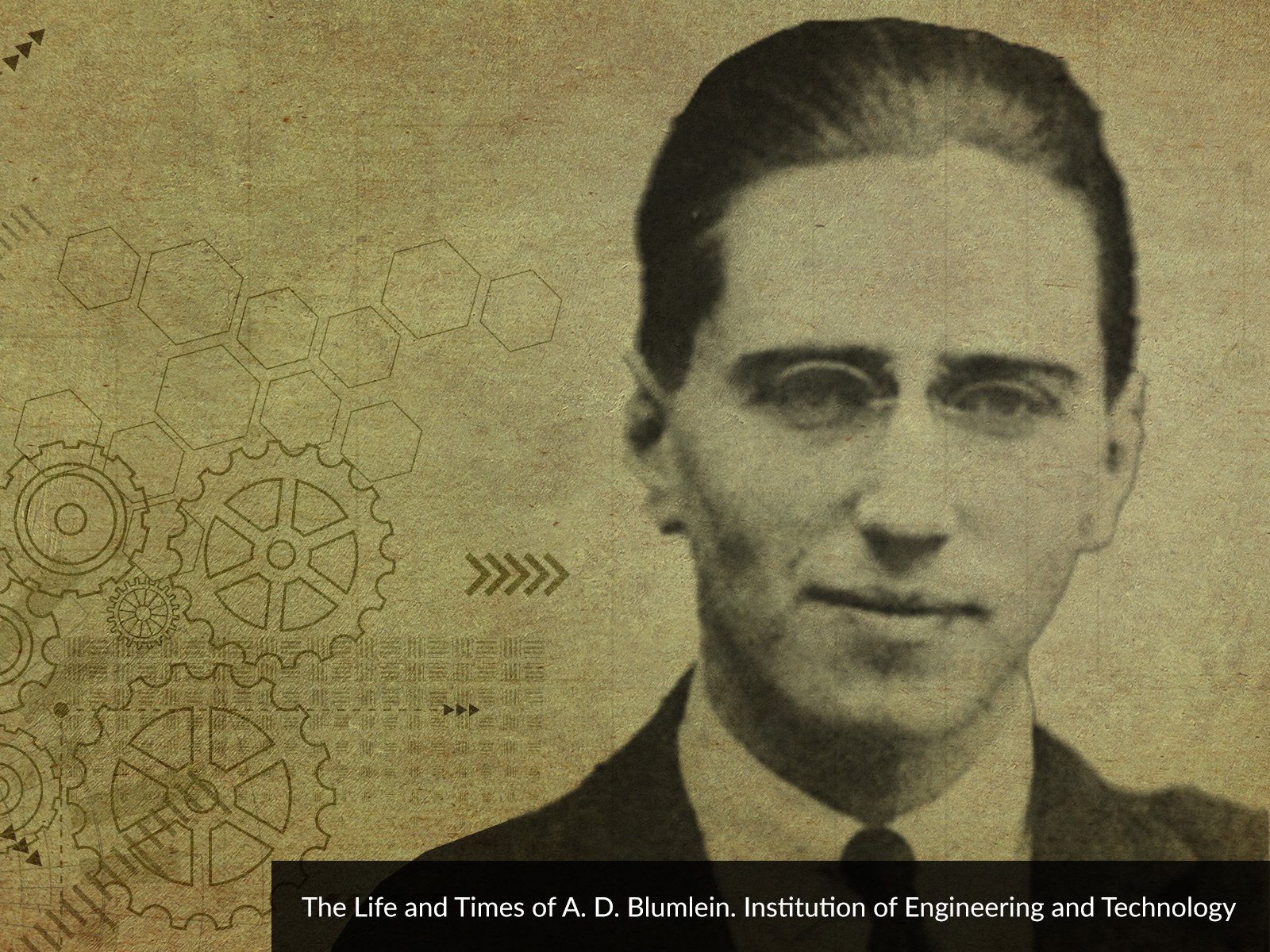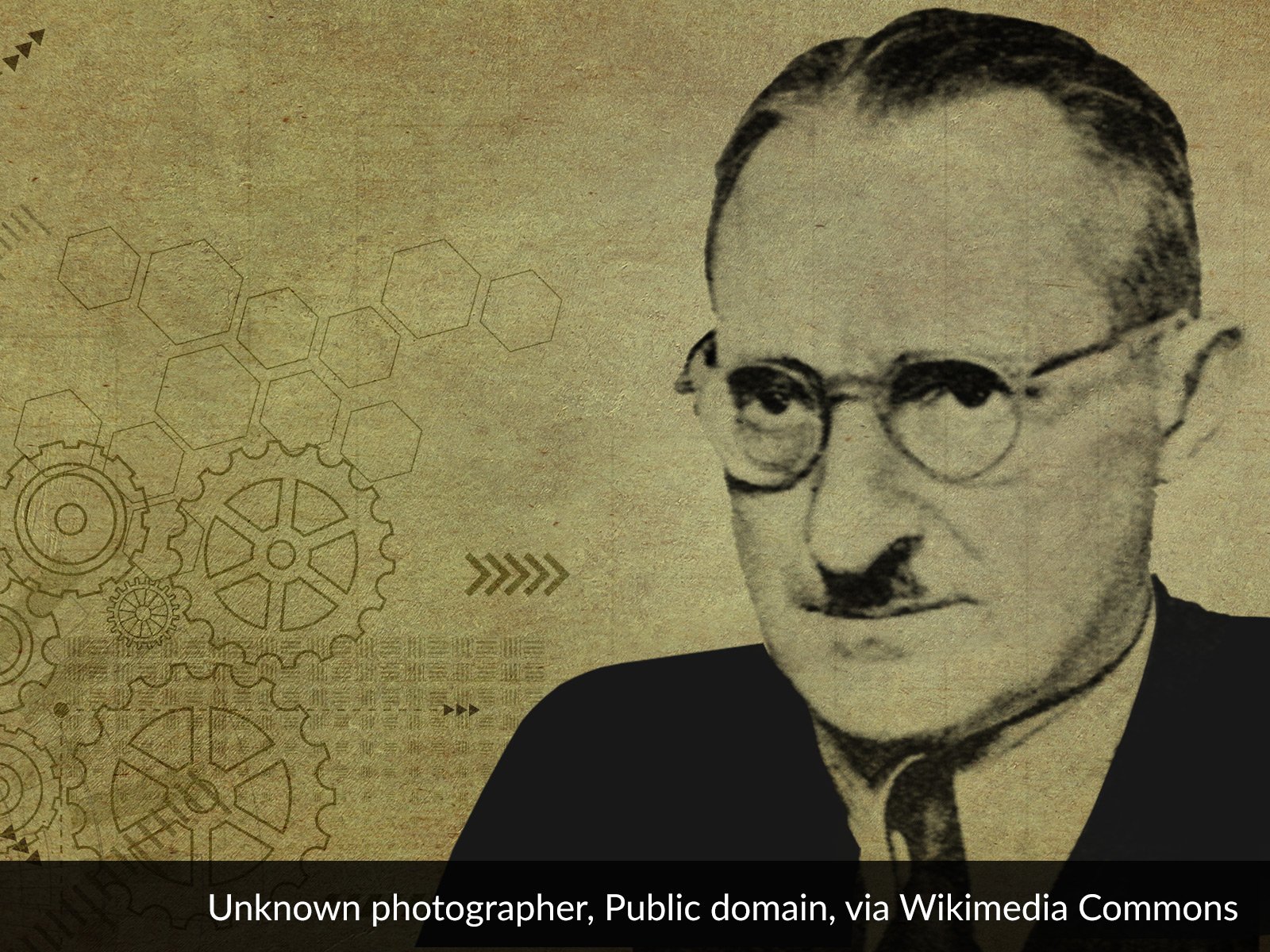
Hans Geiger was born on 30.09.1882 in Neustadt an der Weinstraße. He was one of five children of a professor of philology at the University of Erlangen. He chose a career in science, although, unlike his father, he became interested in exact sciences - he studied mathematics and physics (first in Erlangen and later in Munich). After obtaining his doctorate in 1906, he went to Manchester and became an assistant to Arthur Schuster (who worked on electrochemistry, radiography, and optics, among other things) and later to Ernest Rutherford, who conducted research in nuclear physics. Geiger was involved, among other things, in the discovery of the atomic nucleus, the existence of which was confirmed by the so-called Rutherford experiment. The test involved bombarding a gold foil with alpha particles. The lack of free flow and even the reflection of particles suggested the positively charged region at the centre of the atom (overtime referred to as the nucleus). This discovery earned Rutherford the Nobel Prize in Physics. In 1912, Geiger returned to Berlin, where Walther Bothe was conducting research on alpha particles. He continued to maintain contact with British scientists, including James Chadwick, who was interested in beta particles (interestingly, these were the next physicists who collaborated with Geiger and were awarded the Nobel Prize in the following years for their achievements in physics). Their international research was interrupted by the outbreak of the First World War. Like many other scientists, Hans Geiger also joined the German war effort. He served as an artillery officer and participated in the work of Fritz Haber, responsible for the use of chemical weapons, including at the Battle of Ypres. It is worth stopping here and reflecting on the bitter irony of fate. Haber, as a patriot, became intensely involved in the reconstruction of the country's industry after the war - he was focused on the separation of gold from seawater, developed a method of synthesising ammonia to develop the production of synthetic fertilisers (for which he was awarded the Nobel Prize), and a team under his leadership created a very cheap and effective disinfectant. However, when Adolf Hitler came to power in 1933, Haber, as a German of Jewish origin, was forced to emigrate. He died in 1934 without knowing what the preparation developed by his team was being used for (except for delousing) by the German soldiers in the following years. It was Zyklon B (Cyclone B).
Radiation research and Geiger counter
But let's go back to Geiger, who became a professor in the 1920s and conducted intensive research on radiation In 1924, he confirmed the Compton effect (Compton scattering), which helped earn Arthur Compton the Nobel Prize in Physics; in 1928, together with his doctoral student, he created the Geiger–Müller tube, the sensing element of the Geiger counter instrument used for the detection of ionizing radiation. In the following years, he was involved in cosmic ray research, first at the University of Tübingen and then in Berlin. In 1939, he was a member of the Uranverein ("Uranium Club"), the group of scientists who studied the possibility of using nuclear energy for military purposes. It is worth noting that Geiger objected to the continuation of work. He also did not support the doctrine of Aryan physics, which was instrumental in the persecution of Walther Both, Fritz Haber, and Gustav Hertz, a nephew of Heinrich Hertz, among others. Geiger succeeded the latter as director of the Institute of Physics at the Technical University of Berlin.
Hans Geiger made a major contribution to research into the atom, radiation, and the use of nuclear energy. The role of this research is evidenced by the Nobel Prizes awarded to the colleagues and superiors of the German physicist. Although he did not live to see such spectacular awards, it can hardly be said that he has been forgotten.
We can only be glad that today Geiger's invention is no longer part of the basic equipment of public institutions, as it was only half a century ago. And this is not just about the end of the "Cold War". It is, among other things, thanks to the achievements of the German scientist that we are now more aware of the dangers of radiation. LCDs, TFTs and OLEDs have replaced cathode ray tube displays, not only in televisions, but also in oscilloscopes. Even smoke detectors do not use radioactive materials (even small amounts) - instead, digital sensors using completely safe technologies are being used. Perhaps this is the best reward Hans Geiger could have hoped for - contributing to the health and safety of people around the world.





